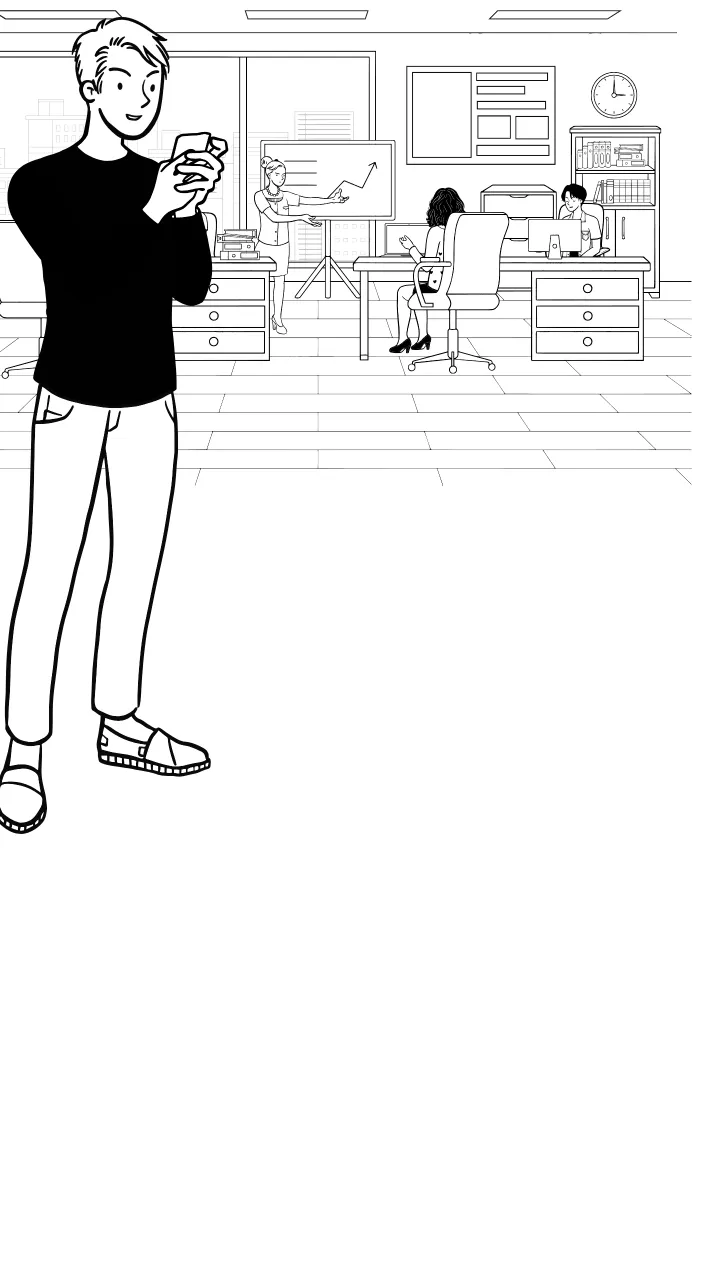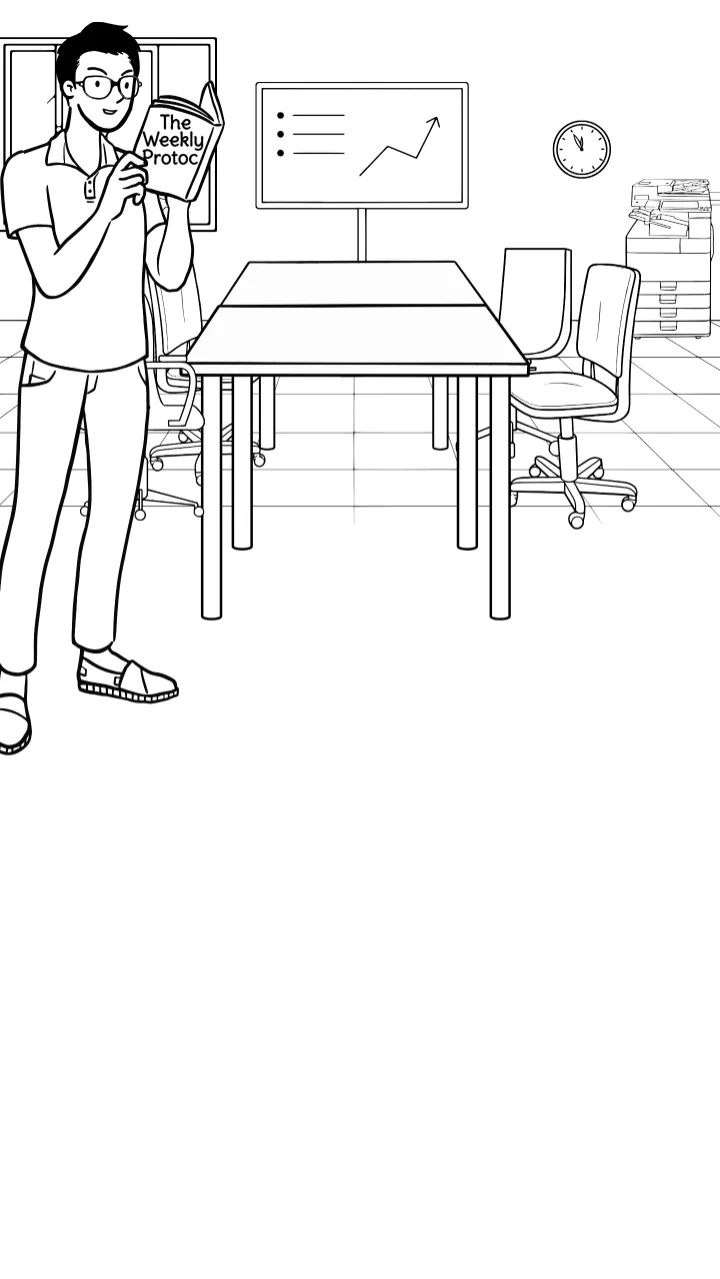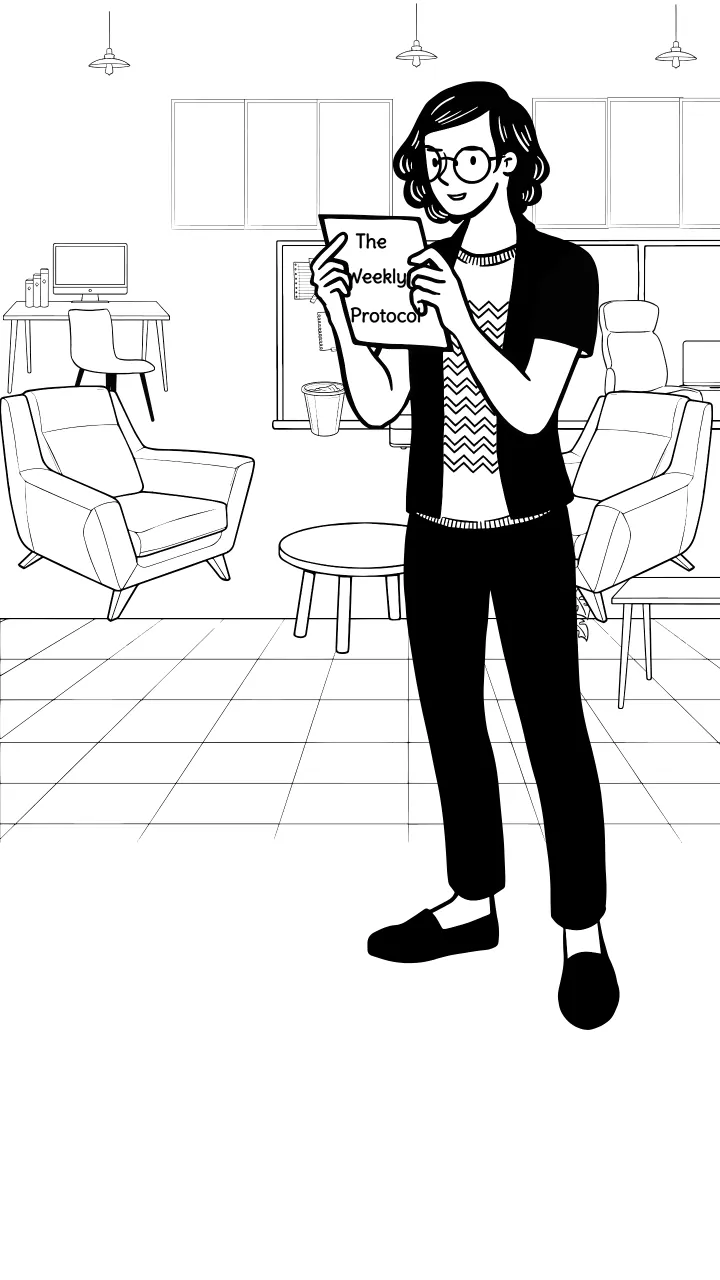Culture Eats Strategy for Breakfast
Workplace Wellness & Culture
Build productive team cultures and create sustainable work practices that protect everyone's focus and well-being

Individual Productivity Needs Team Support
You can't optimize your own focus if your team culture rewards constant availability. Sustainable productivity requires collective agreements about communication, meetings, and work norms. The best individual practices scale to become team practices.
Start Here: Team Norms Protocol
Four foundational practices to create a team culture that supports mindful productivity and sustainable performance.
Establish Focus Hours
Define team-wide 'deep work' hours (e.g., 9-11am) where meetings and non-urgent communication are discouraged. Protect this time collectively.
Communication Guidelines
Set clear expectations for response times: email (24 hours), slack (4 hours), urgent items (phone call). Not everything is urgent.
Meeting Hygiene
Default to 25 or 45-minute meetings, require agendas in advance, and ask 'Could this be an email?' before scheduling. Respect everyone's time.
Weekly Team Check-ins
Hold brief weekly retrospectives: What helped us focus this week? What created unnecessary stress? Adjust norms based on what you learn.
Team Productivity Tools
Frameworks and assessments for building healthy team cultures, optimizing collaboration, and creating sustainable work practices.
Team Communication Guide
Tool
Framework for establishing healthy communication patterns that improve collaboration without overwhelming team members.
Meeting Optimization Framework
Tool
Evidence-based approach to making meetings more meaningful, efficient, and focused on outcomes.
Team Health Assessment
Tool
Regular evaluation tool to assess team dynamics, communication effectiveness, and collective well-being.
What Studies Tell Us
Key findings about team dynamics, collaboration effectiveness, and workplace culture impact.
Edmondson, 1999 · Administrative Science Quarterly
Psychological safety—the belief that one can speak up without risk—is the strongest predictor of team performance and innovation.
Bloom et al., 2015 · Quarterly Journal of Economics
Remote work increases productivity by 13% when properly managed, but requires intentional communication structures and clear boundaries.
Rogelberg et al., 2012 · Small Group Research
Ineffective meetings cost organizations $37 billion annually and increase stress, fatigue, and negative attitudes toward work.
Know Your Team Profile
Evidence-based assessments to understand team dynamics, communication patterns, and cultural alignment.
Team Dynamics Assessment
Coming Soon
Coming soon: Evaluate communication patterns, collaboration effectiveness, and team psychological safety.
Leadership Style Evaluation
Coming Soon
Coming soon: Assess your leadership approach and its impact on team productivity and well-being.
Workplace Culture Health Check
Coming Soon
Coming soon: Comprehensive evaluation of your team's norms, practices, and cultural alignment.
Team Culture Playbooks
In-depth guides for building psychological safety, optimizing collaboration, and creating sustainable team practices.
The Art of Saying No: Protect Your Time and Energy
Guide
How to set boundaries in team environments and protect collective focus time through better communication.
Unlocking the Power of Checklists
Practical
How teams can use systematic checklists to improve consistency, reduce errors, and enhance collaboration.
The 1 Mistake Everyone Makes with Productivity
Research
Why individual productivity optimization fails without considering team dynamics and shared systems.
Frequently Asked Questions
How do I introduce mindful productivity practices without seeming preachy?
What if leadership doesn't support these changes?
How do we handle team members who resist new norms?
What's the best way to reduce meeting overload?
How do we maintain team connection while protecting individual focus time?
Related Pillars
Workplace Wellness & Culture amplifies the effectiveness of individual productivity practices.
Get Weekly Team Productivity Protocols
Every Tuesday, receive one research-backed protocol for building better team cultures and collaborative practices—with exact steps to try today.


